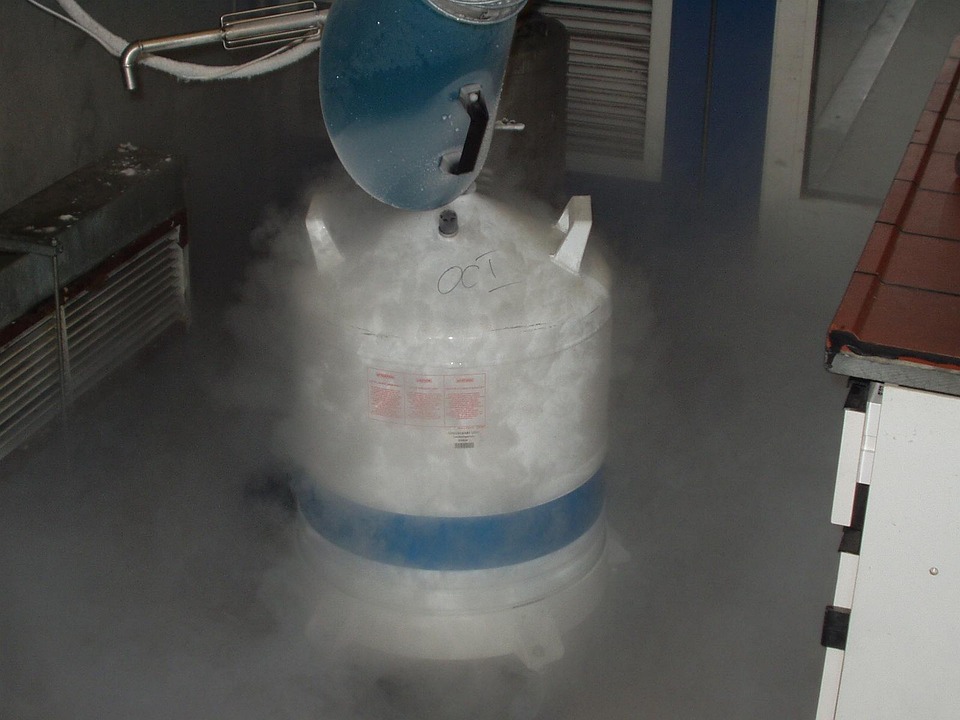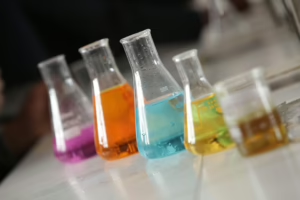Beneath the Surface: The Chemistry Behind Everyday Cleaning Products
Cleaning products are an omnipresent part of our everyday lives, from the kitchen to the bathroom, and their effectiveness is often taken for granted. But behind the shiny labels and fragrant scents lies a complex chemistry that makes these products effective against dirt, grease, and germs. Understanding the science behind these substances not only helps us use them more effectively but also informs us about their environmental impact and safety. This article delves into the various chemical components of everyday cleaning products, exploring their functions, potential hazards, and environmental ramifications.
1. The Basics of Cleaning Chemistry
At its core, cleaning is the process of removing unwanted substances—dirt, grease, bacteria, and viruses—from surfaces. The effectiveness of cleaning products is largely determined by their chemical composition.
1.1 Surfactants
Surfactants, or surface-active agents, are key components in many cleaning products. They lower the surface tension of water, allowing it to spread and penetrate dirt more easily. Surfactants have two distinct parts: a hydrophilic (water-attracting) "head" and a hydrophobic (water-repelling) "tail." This unique structure allows them to interact with both water and oils, effectively lifting grime away from surfaces.
Types of Surfactants:
-
Anionic Surfactants: These carry a negative charge and are effective at removing dirt and organic materials. Common examples include sodium lauryl sulfate (SLS) and sodium dodecylbenzenesulfonate.
-
Cationic Surfactants: These carry a positive charge and have antibacterial properties, making them popular in disinfectants. Benzalkonium chloride is a common cationic surfactant.
-
Nonionic Surfactants: These have no charge and are often gentler, making them suitable for products designed for sensitive surfaces, such as glass cleaners.
- Amphoteric Surfactants: These can function as either cationic or anionic, depending on the pH of the solution. Examples include cocamidopropyl betaine.
1.2 Solvents
Solvents are substances that dissolve other materials. In cleaning products, solvents help to dissolve dirt, grease, and other unwanted substances, making them easier to remove. Water is the most common solvent in household cleaners, but many products also contain organic solvents.
Common Solvents:
-
Isopropyl Alcohol: Used in many disinfectants, effective at killing germs and evaporating quickly.
-
Ethanol: Another effective disinfectant, often found in hand sanitizers and surface cleaners.
- Acetone: A powerful solvent commonly associated with nail polish removers but found in some industrial cleaners.
1.3 Acids and Bases
Many cleaning products are formulated with acids or bases to tackle specific types of grime.
-
Acidic Cleaners: These are effective at removing mineral deposits and rust. Common acids used include citric acid, acetic acid (found in vinegar), and hydrochloric acid.
- Basic Cleaners: Alkaline substances like sodium hydroxide are effective at breaking down organic material and grease, often found in oven cleaners.
1.4 Enzymes
Enzyme-based cleaners utilize naturally occurring proteins to break down complex organic molecules. Proteases, amylases, and lipases target different types of stains—proteins, starches, and fats, respectively. These biodegradable options are increasingly popular for their effectiveness and environmentally friendly profile.
1.5 Fragrances and Dyes
While not essential for cleaning, fragrances and dyes are added to make products more appealing. However, some individuals may be sensitive to these additives.
2. Types of Cleaning Products
The cleaning market is vast, encompassing everything from all-purpose cleaners to specialized products for specific tasks. Understanding the chemistry behind different categories can help consumers make informed choices.
2.1 All-Purpose Cleaners
These versatile solutions can handle a variety of cleaning tasks. Most contain a mix of surfactants, solvents, and sometimes mild acids or bases. Their broad functionality makes them a household staple.
2.2 Disinfectants and Sanitizers
Disinfectants are formulated to kill bacteria, viruses, and fungi and typically use quaternary ammonium compounds, alcohols, or bleach as active ingredients. Understanding the necessary contact time and dilution ratios is crucial for effective sanitization.
2.3 Glass Cleaners
These cleaners often feature ammonia or vinegar combined with surfactants. The goal is to break down oils and dirt while evaporating quickly to prevent streaks.
2.4 Laundry Detergents
Laundry detergents come in various forms—powder, liquid, and pods. They typically include a blend of surfactants, enzymes, and sometimes optical brighteners for improved appearance. The combination targets stains based on their nature.
2.5 Floor Cleaners
Floor cleaners are often formulated to be gentle yet effective. Many contain a combination of surfactants and solvents tailored for specific flooring materials, such as hardwood, tile, or laminate.
3. Safety and Environmental Considerations
As concern for health and environmental sustainability grows, it’s vital to understand the safety and ecological impact of cleaning products.
3.1 Health Risks
While many cleaning products are safe when used as directed, improper use can lead to health risks like skin irritation, respiratory issues, or chemical burns.
Hazardous Ingredients:
-
Bleach (Sodium Hypochlorite): Effective but can produce toxic fumes, especially when mixed with ammonia.
- Phthalates and VOCs (Volatile Organic Compounds): Often found in fragrances and associated with respiratory issues and endocrine disruption.
3.2 Environmental Impact
Many traditional cleaning products are not biodegradable and can contribute to water pollution. Ingredients like phosphates can lead to eutrophication in waterways, harming aquatic life.
Alternatives:
-
Plant-Based Cleaners: Many companies now produce cleaners derived from natural ingredients that are less harmful to the environment.
- DIY Cleaners: A popular trend involves creating homemade cleaning solutions using common household ingredients like vinegar, baking soda, and essential oils.
4. The Future of Cleaning Chemistry
As technology advances and consumer preferences shift towards sustainability, the future of cleaning products looks to be influenced by new developments in chemistry.
4.1 Green Chemistry
Green chemistry focuses on designing chemical products and processes that reduce or eliminate hazardous substances. This movement aims to create safer, more effective cleaning agents.
4.2 Nanotechnology
Nanotechnology might play a role in enhancing the effectiveness of cleaning products, allowing for better target delivery of active ingredients and improved surface interactions.
4.3 Smart Cleaning Products
The integration of technology, such as app-controlled cleaning devices and self-cleaning surfaces, might redefine the cleaning landscape, focusing on efficiency and effectiveness.
5. Conclusion
The chemistry behind cleaning products is a fascinating intersection of science and daily life. By understanding the components and mechanisms at play, consumers can make informed choices about the products they use. As we become more conscious of health and environmental impacts, innovations in cleaning chemistry will undoubtedly shape our cleaning routines for years to come.
References
[Modern footnote source citations could be included here]
-
For academic research, articles from reputable journals can be listed, indicating their contributions to understanding cleaning product chemistry.
-
Government and health organization guidelines on cleaning materials should also accompany footnotes for safety information.
- Environmental impact studies and technology reports would provide deeper insights into sustainability and future advancements.
The exploration of cleaning chemicals reveals not just how we maintain our living spaces, but also underscores a broader narrative concerning health, safety, and the environment. It’s a reminder that every swipe and spray is a consequential act informed by chemical science.
























Add Comment